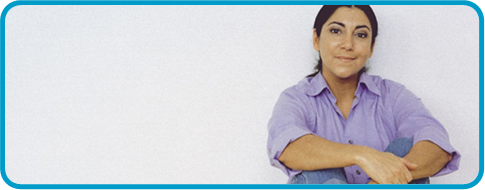Pain management is essential to your well-being and recovery. Pain may decrease your desire and ability to walk or move your arm and actively participate in physical therapy.
Pain may also cause the adoption of protective postures, which may lead to joint stiffness and decreased joint mobility. Although the process of the bones moving should not be painful, poor pin care may cause the skin around the pin sites to become taut, causing pain at the level of the skin.
Your positive attitude through the ILIZAROV process is important to its success. This means you will have to find ways to cope with discomfort, pain and frustration – in addition the natural ups and downs of your emotions during this long process.
Whenever possible, tell your surgeon or nurse what is troubling you, and be prepared to experience some degree of pain from the beginning. The pain should, however, always be manageable. Each individual experiences pain differently. Whatever the degree of your pain in the beginning, it should get progressively better.
The first few days after the initial surgery, it is likely that you will feel considerable pain or discomfort. Your surgeon has planned for this and will administer pain medication as needed. You may receive pain medication intravenously for a few days.

Tips for Pain Management in Children
- Follow your doctor's instructions regarding exercises. Do not allow your knee, ankle or elbow to become stiff.
- Keep the pin sites clean.
- Elevate the affected extremity while at rest, securing position and proper alignment to decrease pain and swelling.
- Practice relaxation, distraction and imagery techniques to calm yourself and relax your muscles.
- Contact your physician promptly if you experience increased pain, discomfort or swelling not relieved by rest.
◊ Trademark of Smith & Nephew